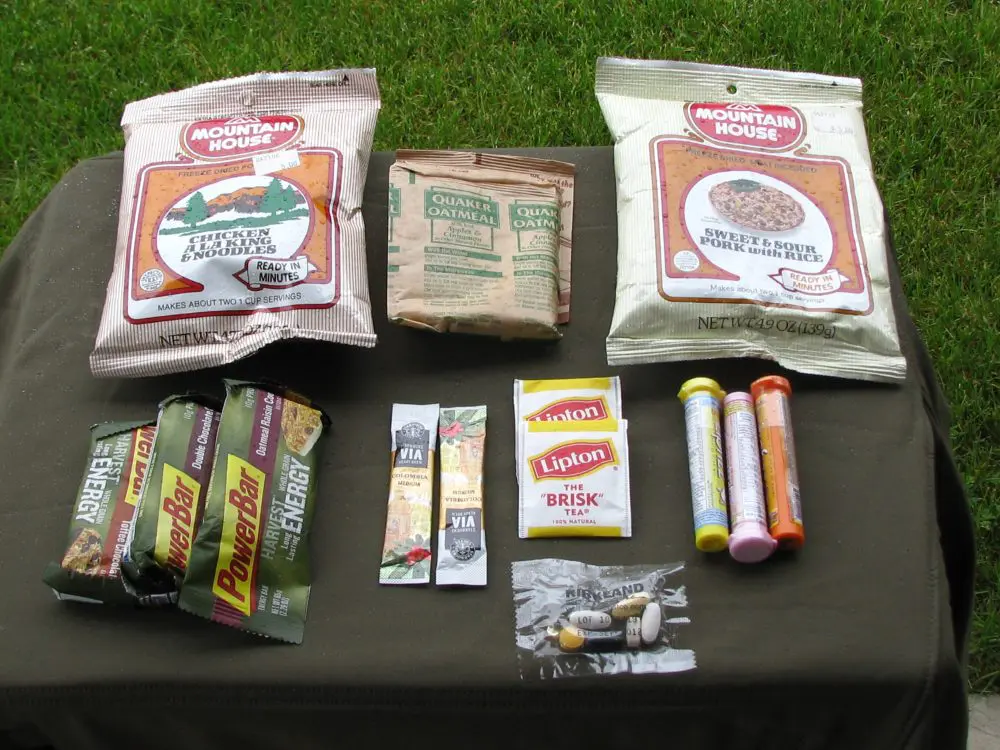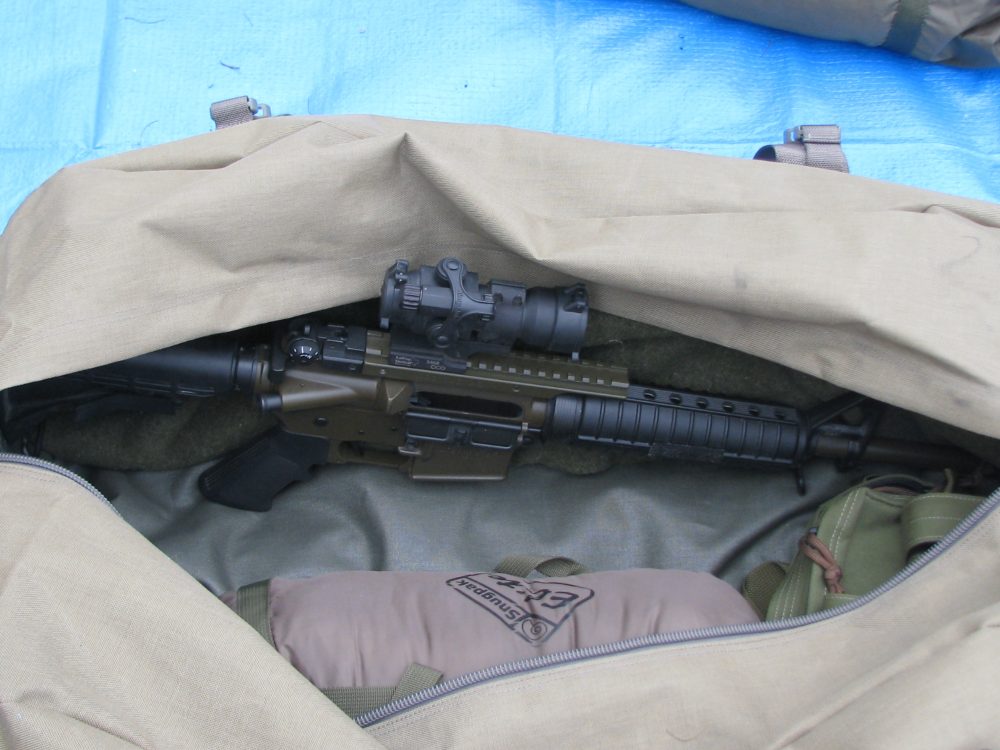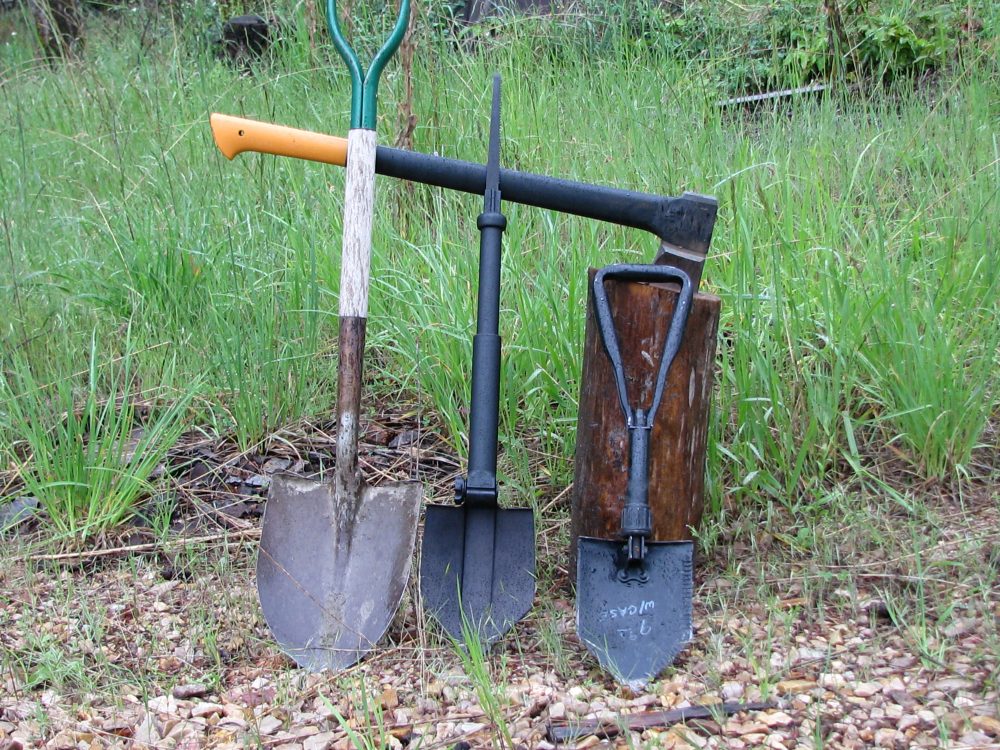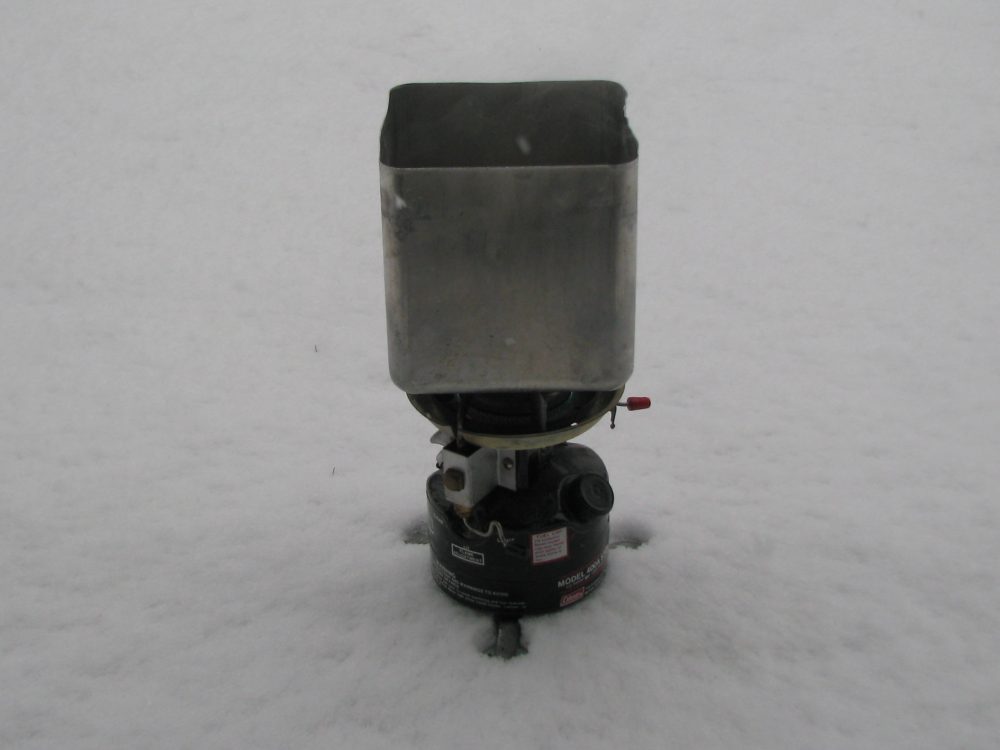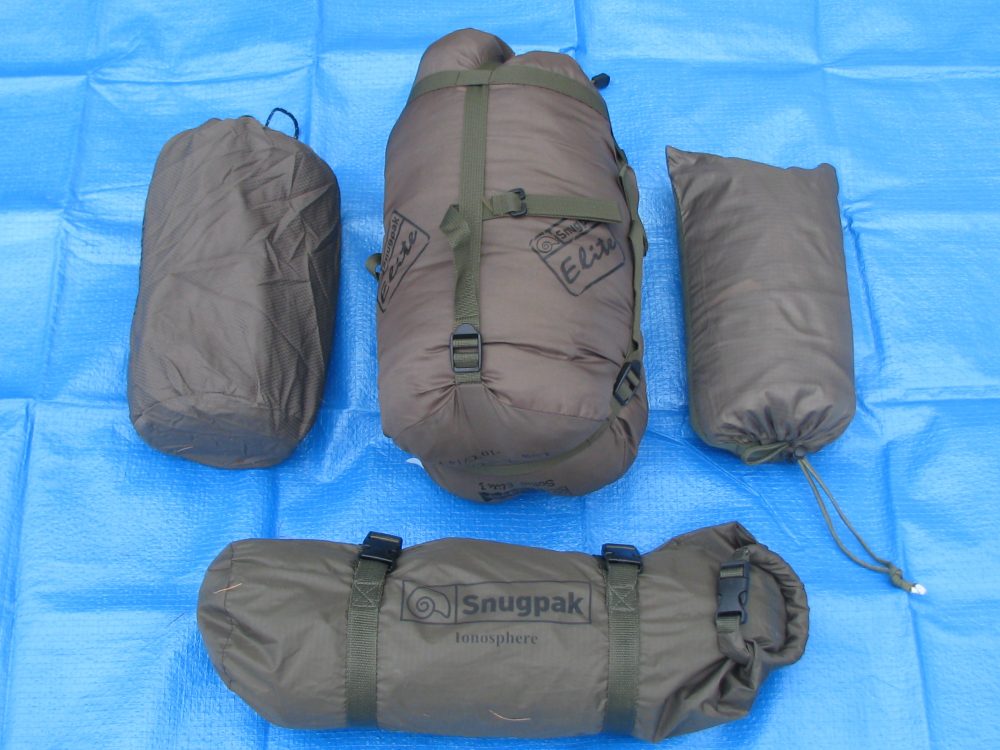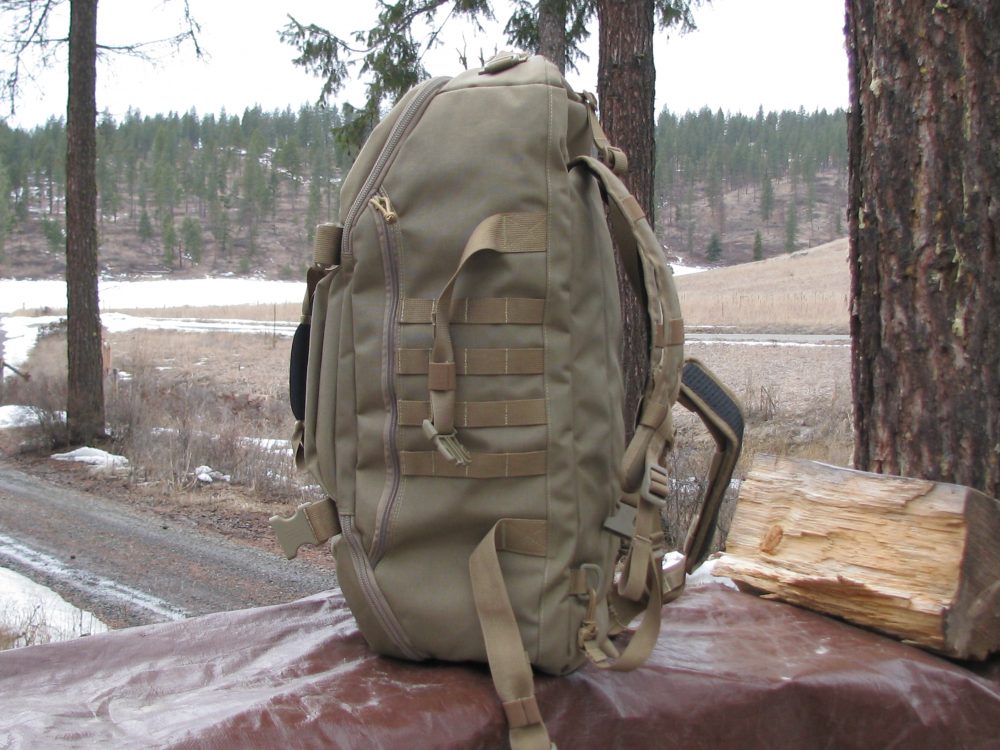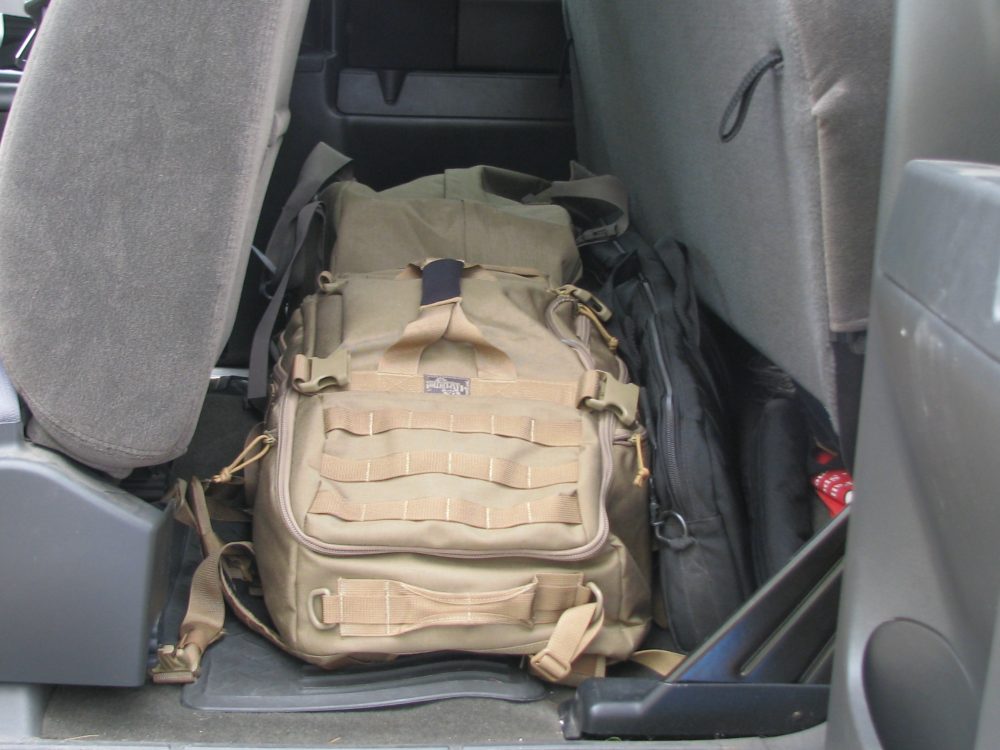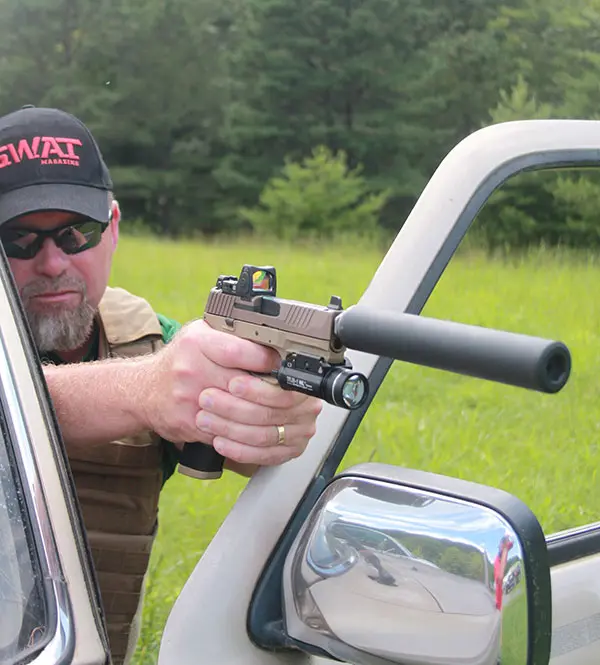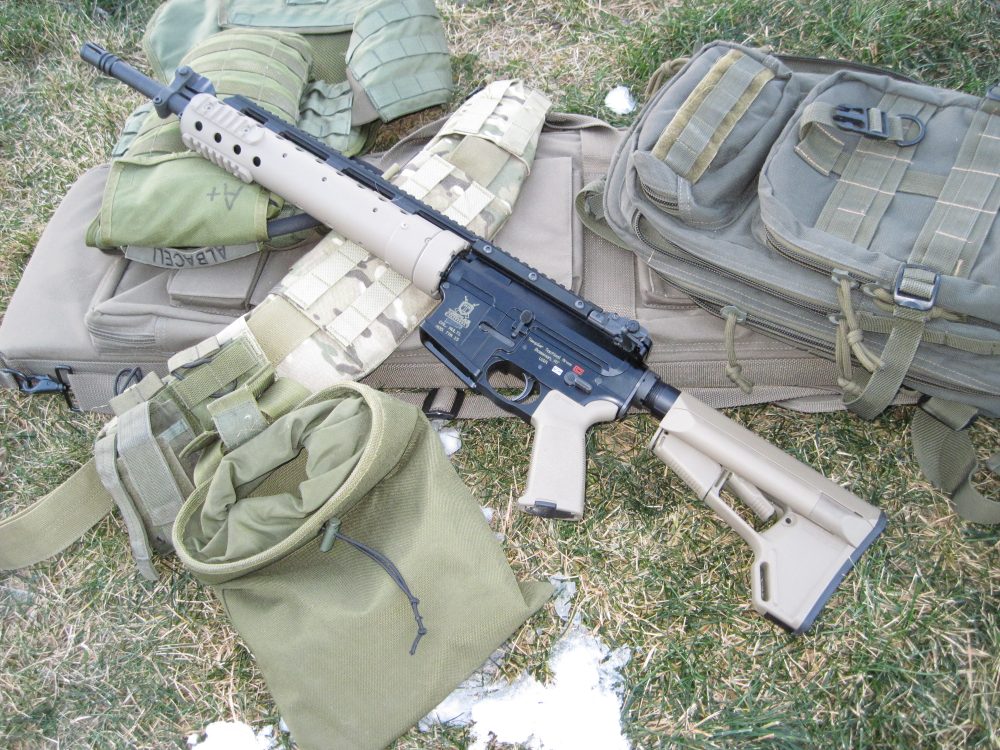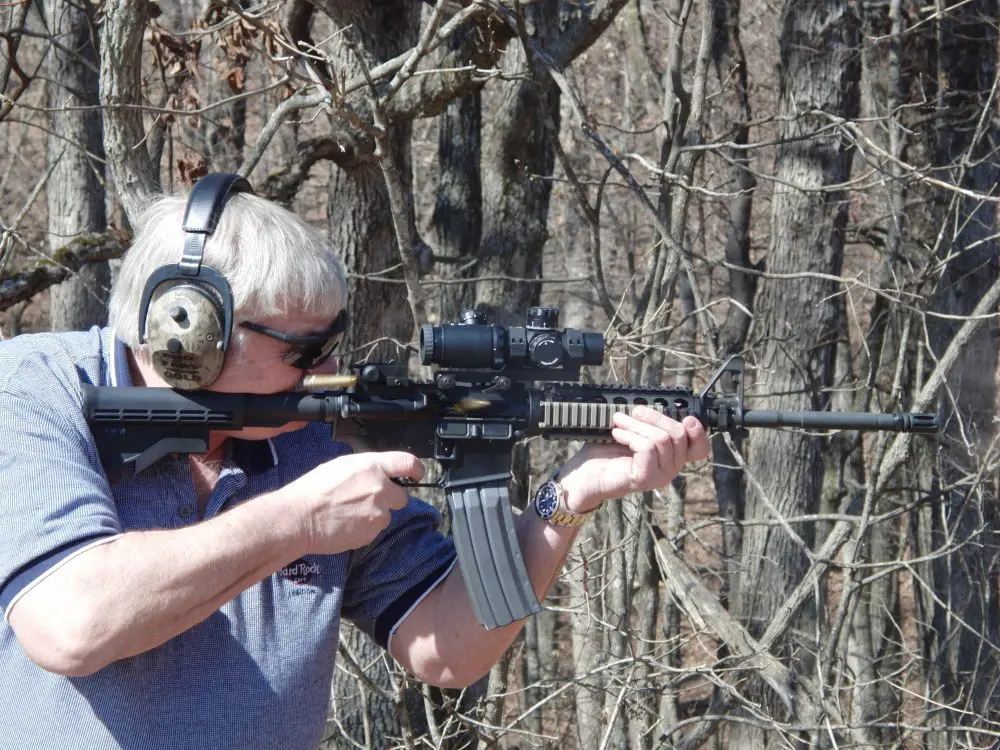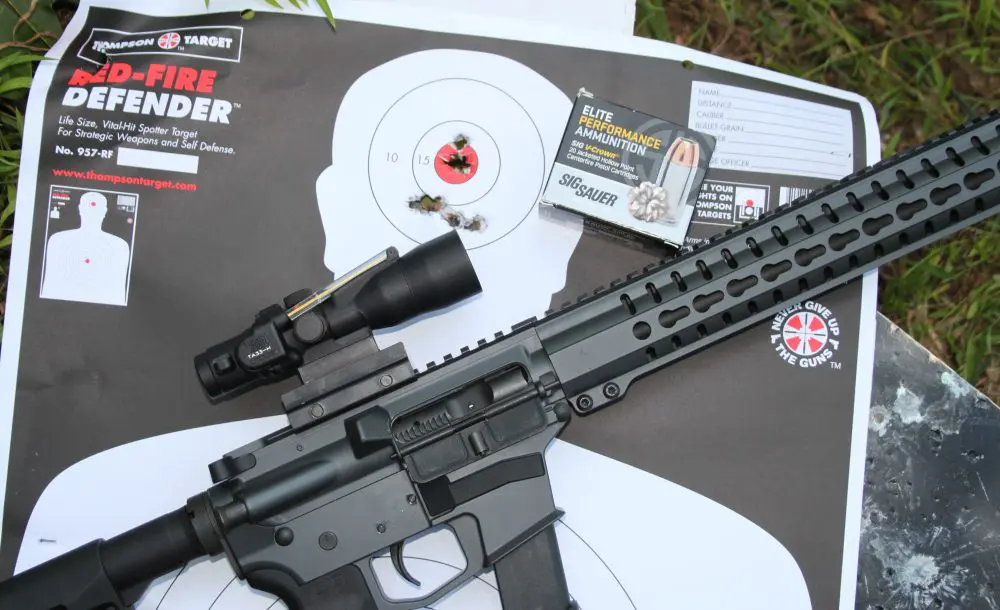A man stranded for three days on a snowy mountain road in Montana attributed his survival to God, a rationed supply of beef jerky, and the game that he played on his cellphone to keep his wits. David Heatherly stated that his sports-utility vehicle became stuck Sunday afternoon on a back road in the National Forest, where he had gone to photograph the scenery and wildlife.
After discovering that he had no phone reception and concluding that nobody else would come by, the 42-year-old took stock: he had a pouch of beef jerky, some water, and a little coffee.
This food kit contains three meals, a couple of snacks, powdered electrolytes, vitamins, and instant coffee.
Eventually, the weather cleared and the guy took off walking, leaving his water and remaining beef jerky behind (stoooopid!). He walked six or seven miles and found a house, where he was taken in and fed. Meanwhile, searchers from four counties had spent three days looking for him.
Had I been in his shoes, I’d have been screwed—God hates me, and I don’t play video games, on the phone or elsewhere. I’d rather rely on having supplies with me everywhere I go.
Carbine, mags, and other gear fit inside large load-out duffel.
My former boss was a young trooper when he was assigned to Northway, Alaska. He was on his last patrol before calling it a night. It was 60 below zero, dark, with no traffic on the highway when he saw a set of tire tracks leaving the roadway. He backed up and found a family of six down the embankment, standing there shivering. They had plenty of cold weather gear, but it was all in a trailer that had overturned, and they couldn’t get to any of it. Had Trooper Godfrey not stopped, they would have all died. Godfrey was adamant that we keep survival gear in every vehicle, and I still do.
The first two things you need are shelter and water, and in lousy weather, shelter should come first. Your car is shelter, and survival rule #1 is, stay with the vehicle! If you do decide to leave your car, do it before all your supplies are gone. If you have adequate supplies, the vehicle is good shelter, and it’s easier to see a car in the middle of the road than to see a guy walking. The battery and fuel will eventually be gone, so you need enough stuff to keep you going until the cavalry arrives.
“Stuff” means water, food, and clothing.
Standard shovel, Glock shovel, USGI E-tool, and axe. Shovel and axe should be in the kit at all times.
Table of Contents
WATER
In an earlier article I talked about water for one day. I said a minimum of one liter, since you were hoofing it. In a vehicle, take more. I usually carry four gallons, which could last me two weeks in a pinch.
In my part of the world, there are hundreds of streams of clean water, so I can get more. I did contract giardia once in Alaska when I drank from a tundra pond. I don’t want to do that again, so my kit contains a Katadyn water filter. I can pump gallons of water into my bottles and it will be drinkable.
Of course if you’re in the arid Southwest, you will need to keep water in your vehicle.
FOOD
In cold weather, you should plan on 3,000 calories a day at the very minimum. Forget all about your low-carb, low-fat, no-sugar, gluten-free organic diet of the week—carry a mix of carbs, protein, fat, vitamins, and electrolytes. It’s not a bad idea to carry a treat, just to lift your spirits, so some chocolate would be good. Candy bars are OK, but they only provide a short burst of energy followed by a let-down—eat them sparingly.
The one-gallon Ziploc® bag shown in the photos contains three meals and a couple of snacks, plus powdered electrolytes, which will keep one person going strong for a day. I keep ten bags in the kit. The bag has freeze-dried food, Power Bars, etc. It also has good instant coffee from Starbucks, called Via—even lost, cold, hungry and scared, I’d get pissy without some decent hot coffee.
Coleman Peak Stove is simple and effective.
Speaking of hot, hot food is better than cold food. In cold temps, hot food helps keep your core warm, and was always a morale booster for me. You can eat MREs and canned or freeze-dried food cold, but they go down harder. I have a couple of old Coleman Peak Stoves. They are simple to use and can burn unleaded gas in a pinch. I set up the stove during a March snowstorm and had water boiling in six minutes. The pot holding the water doubles as a case for the stove. Coleman still makes a similar single-burner stove called a dual fuel, and it looks like the usual great Coleman quality. Do not use the stove inside a closed car—the flame burns up all the oxygen and you will die.
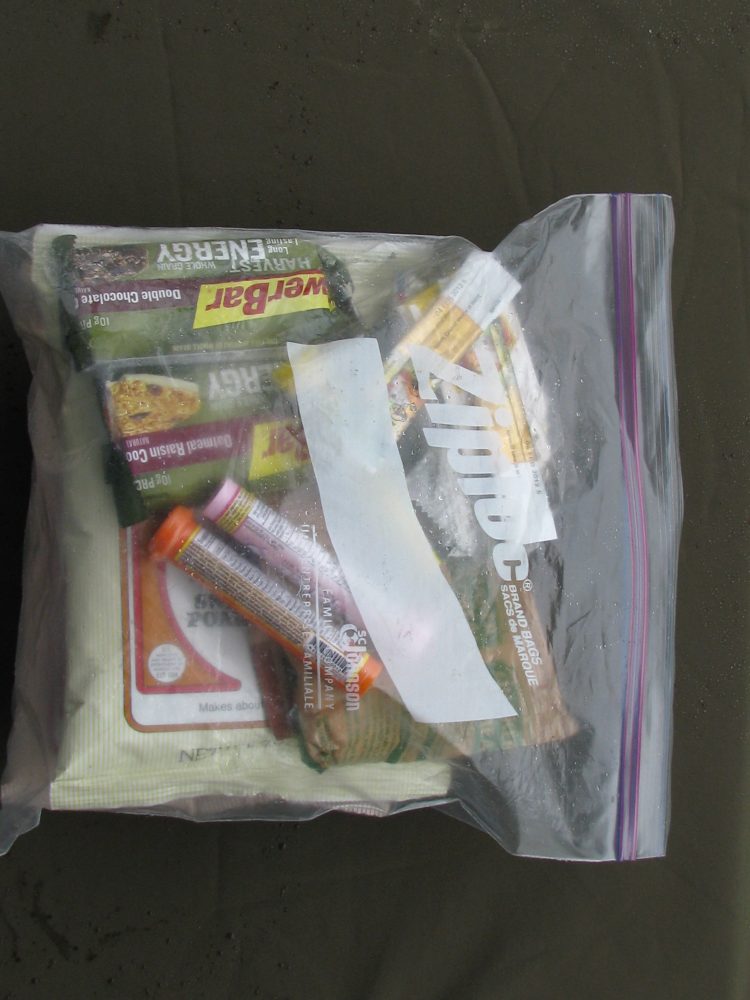
BAGS
My vehicle kit is divided into two parts, both packed in Maxpedition bags. The larger bag, the Sovereign load-out duffel, was selected because an AR carbine will fit in it. I throw in a mag bag and have adequate weaponry, kept out of sight. It also contains bulky sleeping bags, gloves, showshoes, boots, and other cold-weather gear, which I can swap out as the seasons change.
The smaller bag, the Doppelduffel, is a grab-and-go bag if I have to leave the truck. It has shoulder straps and can be carried as a backpack if necessary. It’s not designed for carrying a big load for long periods, but will do in a pinch. This bag contains the water filter and bottle, stove, three meal bags, knife, first aid kit, and the best shelter/sleeping system I’ve ever used—the Ionosphere sold by Proforce Equipment. Remember, if you abandon the shelter of the vehicle, you need to take shelter with you.
BIVVY BAG
I won’t tell you gear is good until I test it. I set up the Ionosphere bivvy bag with fly, multimat sleeping pad, rain fly, silk liner, and sleeping bag in late February. Even under a cedar tree, the system was hammered by wind and snow. The ground was wet when I set it up, so I wanted to see if it were really waterproof—after a week, it was still dry. I slept in it for two nights at 27 degrees, and the system was great. The really good news for a guy my size is that all the sleeping bags are 86 inches long, meaning I don’t have to shop around for a long bag. Outstanding.
This gear is primarily made in England, was developed for Spec Ops troops, and has been tested from the tropics to Antarctica. Weight and space are at a premium, so this stuff really compresses. All six items weigh a total of 15 pounds, not bad for the versatility it offers. The best thing is the attention to detail: all stakes, lines, line tighteners, and even repair kits are included. It comes in colors suitable for military missions, and costs the same as recreational gear available from the big stores. I’m so impressed I’m ordering a three-man tent for longer wilderness trips.
Proforce bivvy bag, sleeping bag, rainfly, and multi-pad are compact and lightweight.
TOOLS
In our trooper cars, we carried a crowbar, axe, and shovel. If you get caught in a natural disaster, tress will fall across the road—hence the axe. If you travel in sand, snow, mud, or gravel, the car can get stuck—hence the shovel. We carried a standard short shovel, but if space is at a premium, there are a couple of other shovels worth looking at. The effectiveness of a shovel depends on leverage, which comes from a long handle. Unfortunately, a full-size shovel is hard to stow in the trunk of a sedan, so all shovels are a compromise.
Any former ground-pounder will remember “tool, entrenching.” A surplus shovel is fine if you can find one. Glock makes a great shovel that is light, compact, and with a very good saw that fits inside the handle, but either will do in a pinch. There is a new tool that combines a shovel and a crowbar, but I have not seen one, so can’t comment on its quality.
The idea of a shovel as a weapon is nothing new—I’m pretty sure a Roman legionnaire in Gaul killed a German or two with his shovel. There is documentation of shovels used as weapons dating from the Civil War, and lots of GIs sharpened the edges at Bastogne. One U.S. Army bayonet was also designed as a spade. But the shovel is designed to dig, and should be considered a tool first and a weapon second. I also carry a standard single-bit axe. The back of the axe is a hammer if I need to pound something.
If you have to leave the truck, the Doppelduffel will carry the stove, food, water, and shelter on your back.
NAVIGATION
I also carry a couple of quaint items: a map and compass. I know that your iPad, iPod, tablet, and smart phone all have GPS capabilities, and you can Google Earth to see what’s there. I also know that GPS has sent me to places that no longer exist, and that roads get closed or washed out. A Canadian tourist died in Nevada last year because his new GPS told him to turn left to get to Reno.
If I know where I was and can see on a map where I went, I’m pretty sure I can orient the map with a compass and get out. Batteries die, and unless the earth’s axis shifts, magnetic north will always be there.
VEHICLE SET-UP
I keep both bags on the back floor of my extended-cab pickup. I strap them down so they won’t become missiles if I go off the road. If I’m taking a different car, I can easily throw them in the back seat where they’re accessible. I plan to add a canopy and some dedicated boxes in the bed to store the gear and some standard tools such as jumper cables, along with a winch and other goodies. This is my primary vehicle, so I’ll have everything I need anywhere I go.
Both bags and all gear fit securely behind the seat.
A couple of fine troopers I worked with became scapegoats when a family died through stupidity. The grandfather, grandmother and grandson told family members they were going to drive south from Anchorage toward Seward. Instead they drove north to Cantwell and onto the closed Denali Highway (past the “road closed in winter” sign) and eventually froze to death. A little common sense and preparation would have kept this from happening. Carry good gear and let someone know where you’re going and when you’ll be back.
All survival gear is a compromise, but it’s better to have too much in the rig instead of too little. Your actual load depends on where you live, where you’re going, weather, terrain—the list is unending.
Just like fighting, Jeff’s rule for what you need is “It depends.”
SOURCES:
Coleman
(800) 835-3278
www.coleman.com
Katadyn North America Inc.
(800) 755-6701
www.katadyn.com
Maxpedition
(310) 515-5950
www.maxpedition.com
Proforce Equipment, Inc.
(305) 436-7984
www.proforceequipment.com
